Iconic
The Japanese horror genre has become a staple for many horror fans around the world. From the original Ringu movie in 1998, it has spawned several sequels, prequels, and remakes. The Ringu series has become an iconic part of the horror genre and has had a significant impact on horror cinema.
We will be taking a closer look at the Ringu anthology, including the original movie, sequels, and remakes. We’ll be exploring how these films have impacted the horror genre, and why they continue to be popular even today.
Whether you’re a long-time fan of the series or just starting, this review will help you unravel the horror and understand the significance of Ringu in the world of horror cinema.
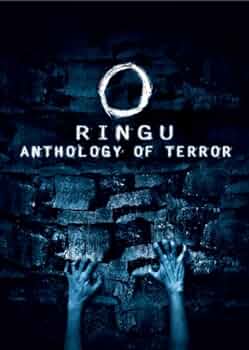
Click here to check eBay for the four film anthology.

Ring (Japanese: リング, romanized: Ringu)
Check out our fanart designs in our Monster Merch Shop.
Introduction to the Ringu Anthology
The Ringu Anthology is a collection of horror films that have left audiences both terrified and enthralled. Originating in Japan, the Ringu series has captivated viewers worldwide with its chilling atmosphere, spine-tingling suspense, and unforgettable scares.
Released over the span of several years, the anthology consists of multiple films that take us into the dark and mysterious world of cursed videotapes, vengeful spirits, and the haunting consequences that befall those who encounter them.
At the heart of the Ringu Anthology is the iconic film “Ringu” (1998), directed by Hideo Nakata. This groundbreaking horror masterpiece introduced audiences to the terrifying story of a cursed videotape that brings forth a malevolent spirit. The film’s atmospheric cinematography, eerie sound design, and a gripping narrative made “Ringu” an instant classic, setting the stage for the subsequent entries in the anthology.
As the Ringu franchise expanded, so did its mythology and the horrors it unleashed. The sequels and spin-offs explored different aspects of the haunting curse, introducing new characters, backstories, and variations on the terrifying videotape. Each film within the anthology adds a layer of depth and complexity to the overarching narrative, weaving together a web of supernatural terror that keeps viewers on the edge of their seats.
Prepare to be immersed in a world of dark secrets, supernatural curses, and relentless suspense as we unravel the horror that awaits within the Ringu Anthology. Brace yourself for a journey into the depths of fear and unravel the mysteries that lie within the cursed videotape.
Origins: Exploring the Influence of Japanese Folklore
The Ringu Anthology has become a cornerstone of horror cinema. To truly understand the essence of these films, it is essential to delve into their origins and explore the rich influence of Japanese folklore.
Japanese folklore is known for its captivating tales of supernatural entities and vengeful spirits. One of the most prominent figures in Japanese folklore is the yūrei, a ghostly apparition that seeks vengeance on the living. The concept of the vengeful spirit plays a significant role in Ringu, as it revolves around the cursed videotape that brings forth the wrath of Sadako, a ghostly figure trapped between life and death.
Drawing inspiration from the yūrei, Ringu masterfully weaves together elements of ancient folklore with modern technology, creating a haunting narrative that resonates with audiences across the globe. The fusion of traditional Japanese beliefs and contemporary themes adds a unique layer of depth to the storytelling, making it a truly immersive experience.
Moreover, the influence of Japanese folklore extends beyond the yūrei. The concept of a curse, believed to be passed down through generations, is another recurring theme in the Ringu anthology. This notion of a malevolent force that transcends time and space adds an additional layer of dread and suspense to the narrative. It taps into the collective fear of the unknown and the consequences that await those who dare to disturb the balance between the living and the dead.
The Ringu Anthology pays homage to its roots by embracing the rich cultural heritage of Japan. It showcases the enduring power of folklore in captivating audiences and instilling a sense of unease and terror. By delving into the origins and influence of Japanese folklore, we gain a deeper appreciation for the chilling tales that unfold within the Ringu anthology, leaving us both terrified and enthralled.


Ringu (1998): The Classic that Started it All
Part one of the Ringu Antholgy, released in 1998, “Ringu” is a masterpiece that paved the way for the entire Japanese horror genre. Directed by Hideo Nakata, this film captivated audiences with its chilling storyline and innovative approach to horror.
The premise revolves around a cursed videotape that, when watched, leads to the viewer’s death exactly one week later. As the mysterious deaths continue to occur, a journalist named Reiko investigates the origins of the cursed tape, delving into a world of supernatural terror.
What sets this film apart from other horror films is its slow-burning tension. Nakata skillfully builds suspense through a series of eerie moments and unsettling visuals. The film’s use of minimalistic scares and psychological terror leaves a lasting impact on viewers.
Another notable aspect of “Ringu” is its haunting cinematography. Nakata employs dark and desolate settings, giving the film a gloomy and foreboding atmosphere. The use of muted colors further enhances the sense of dread, creating a visually captivating experience.
The performances are exceptional, particularly from Nanako Matsushima, who portrays Reiko with a perfect blend of vulnerability and determination. Her character’s journey to unravel the mystery behind the cursed tape is compelling and keeps the audience engaged throughout.
The iconic imagery of the film, such as the ghostly figure of Sadako crawling out of a well and through a TV screen, has become an indelible part of pop culture. These terrifying visuals have become synonymous with the horror genre.
This is not only a groundbreaking film in the horror genre but also a cultural phenomenon that spawned numerous sequels, remakes, and adaptations worldwide.
“Ringu” is a timeless classic that set the benchmark for Japanese horror. Its chilling atmosphere, innovative scares, and compelling narrative make it a must-watch for horror enthusiasts.
Ringu 2 (1999)
Part two of the Ringu Anthology, Ringu 2, released in 1999, picks up where its predecessor left off, delving deeper into the chilling world of the cursed videotape. This spine-tingling sequel successfully continues the haunting storyline that captivated audiences in the original film, leaving viewers on the edge of their seats once again.
Directed by Hideo Nakata, who also helmed the first installment, Ringu 2 seamlessly maintains the eerie atmosphere established in the initial film. The dark and foreboding cinematography creates an unsettling ambiance, intensifying the sense of dread that permeates every scene. Nakata’s skillful direction in building suspense and tension is evident throughout, ensuring that the audience remains engrossed in the story from start to finish.
The plot expands on the supernatural mythology introduced in the first film, offering new revelations and twists that deepen the mystery surrounding the cursed video. As characters from the previous installment continue their desperate search for answers, they become entangled in a web of malevolence and terror that threatens to consume them. The narrative unfolds with a palpable sense of urgency, as time ticks away and the stakes grow higher with each passing moment.
One of the strengths of this film lies in its ability to delve into the psychological aspects of horror. As the characters grapple with their own fears and confront the malevolent forces at play, the film explores themes of guilt, obsession, and the consequences of tampering with the supernatural. These psychological elements add layers of depth to the storyline, elevating the horror beyond mere jump scares and creating a truly haunting experience.
The performances are exceptional, with the cast delivering nuanced and believable portrayals of their characters. Miki Nakatani reprises her role as reporter Reiko Asakawa, bringing a sense of determination and vulnerability to her performance. The supporting cast, including Hitomi Satô and Kyoko Fukada, also excel in their respective roles, adding to the overall effectiveness of the film.
In terms of scares, it delivers in spades. Nakata expertly employs atmospheric tension, well-timed jump scares, and eerie imagery to keep the audience constantly on edge. The film’s iconic imagery, such as the ghostly figure with long, wet hair, has become synonymous with the J-horror genre.
Overall, Ringu 2 is a worthy continuation of the Ringu anthology, expertly building on the foundation laid by its predecessor. With its atmospheric visuals, psychological depth, this sequel solidifies its place as a must-watch for horror aficionados. Whether you’re a fan of the original Ringu or a newcomer to the series, Ringu 2 is sure to leave an indelible mark on your nightmares.




Ringu 0 (2000): The Prequel that Reveals the Dark Origins
Part three of the Ringu Antholgy, Ringu 0 Birthday (2000) takes audiences on a chilling journey back in time, serving as the prequel to the renowned Ringu series. This installment goes deep into the dark origins of the cursed videotape and the tragic backstory of the iconic vengeful spirit, Sadako Yamamura.
Set in the late 1960s, this installment introduces us to a young Sadako, brilliantly portrayed by actress Yukie Nakama. Her hauntingly intense performance brings to life the character’s eerie presence and tormented nature. As the film unfolds, we witness the gradual transformation of Sadako from an innocent and hopeful young woman to the malevolent force we have come to fear.
The narrative goes into the psychological aspects of Sadako’s descent into darkness, exploring the traumatic events and twisted circumstances that shape her tragic fate. Director Norio Tsuruta expertly crafts a chilling atmosphere, combining eerie visuals, atmospheric sound design, and a haunting musical score to amplify the sense of dread and tension throughout the film.
One of the strengths of the film lies in its ability to shed light on the complex motivations and emotions driving Sadako. The film looks into her relationships with her mother, fellow actors, and the mysterious psychic, Shizuko, who plays a pivotal role in Sadako’s transformation. The exploration of these intricate connections adds depth to the character, humanizing her in a way that both horrifies and compels the audience.
Ringu 0 skillfully blends horror elements with elements of psychological thriller and supernatural mystery. The film constantly questions the truth behind Sadako’s origins and the true nature of the curse. The result is a captivating and suspenseful viewing experience that will leave fans of the Ringu series craving more.
Despite being a prequel, Ringu 0 stands on its own as a compelling entry in the franchise. It offers a fresh perspective on the iconic character of Sadako and deepens our understanding of the Ringu universe.
Rasen (Spiral) (1998): Expanding the Ringu Universe
Originally part two of the Ringu Anthology, Rasen (1998) is a pivotal installment that expands the Ringu universe, adding a new layer of horror to the already chilling series. Directed by Jôji Iida, this film takes audiences on a terrifying journey, further exploring the haunting curse originating from the cursed videotape.
In this installment, we are introduced to a new protagonist, Mitsuyo, a psychology professor who becomes entangled in the deadly curse. As she delves deeper into the mystery, Mitsuyo discovers that the curse has spread beyond the confines of the infamous videotape. The malevolent spirit, Sadako, has found a new way to inflict terror upon unsuspecting victims.
One of the most fascinating aspects of Rasen is its exploration of the psychological effects of the curse. Mitsuyo’s background as a psychology professor adds a unique dimension to the story, as she grapples with understanding supernatural phenomena through a rational lens. This psychological approach adds a thought-provoking element, blurring the lines between reality and the supernatural.
The cinematography is expertly crafted, creating an atmosphere of unease and suspense. The use of shadows and dim lighting intensifies the feeling of dread, keeping viewers on the edge of their seats. The film’s eerie soundtrack further amplifies the sense of foreboding, effectively immersing the audience in the terrifying world of Ringu.
As the story unfolds, the film masterfully builds upon the mythology established in previous films, deepening our understanding of the curse and its consequences. The narrative twists and turns, keeping viewers guessing and entranced until the shocking climax.
Overall, Rasen is a captivating addition to the Ringu anthology. It expands the universe, diving into the psychological aspects of the curse.
Impact
The impact and legacy of the Ringu franchise cannot be overstated. When the original Ringu film was released in Japan in 1998, it quickly became a cultural phenomenon. Its unique blend of horror, mystery, and psychological terror captivated audiences and left them with a lingering sense of unease long after the credits rolled.
Not only did Ringu redefine the horror genre, but it also introduced the concept of the “J-horror” phenomenon to the world. The iconic image of Sadako crawling out of the television became instantly recognizable and synonymous with the franchise. This imagery not only terrified audiences but also became a pop culture icon, inspiring countless parodies and references in other media.
The success led to a wave of sequels, spin-offs, and remakes both in Japan and abroad. The franchise expanded beyond the original film, going deeper into the mythology and exploring new avenues of fear. Each installment brought its own unique twists and turns, keeping audiences on the edge of their seats and craving more.
The impact of the Ringu Anthology extended far beyond the screen. It sparked a renewed interest in Japanese horror cinema and paved the way for other Asian horror films to gain international recognition. The influence of Ringu can be seen in numerous subsequent horror movies, with its atmospheric tension and slow-burning suspense becoming hallmarks of the genre.
Ringu’s success inspired a wave of remakes in different countries, including the highly successful American adaptation, “The Ring,” which further solidified the franchise’s global reach. The chilling tale of Samara, the cursed videotape, and the seven-day deadline became a cultural touchstone, captivating audiences worldwide and leaving an indelible mark on the horror genre.
Even after more than two decades, the impact and legacy of the Ringu franchise continue to resonate. Its influence can be felt in modern horror films that draw inspiration from its atmospheric storytelling and psychological horror elements. The franchise has left an enduring imprint on popular culture and continues to be celebrated by fans and horror enthusiasts alike.



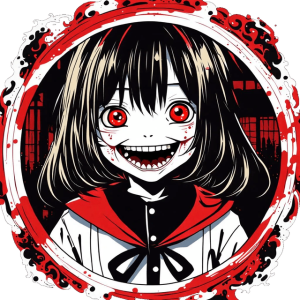








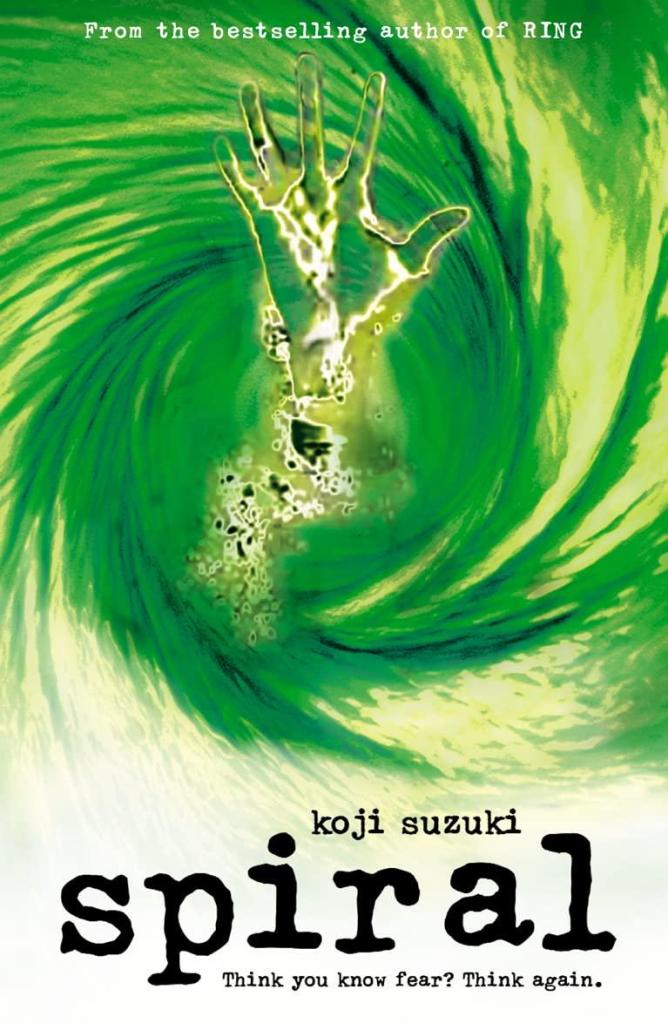
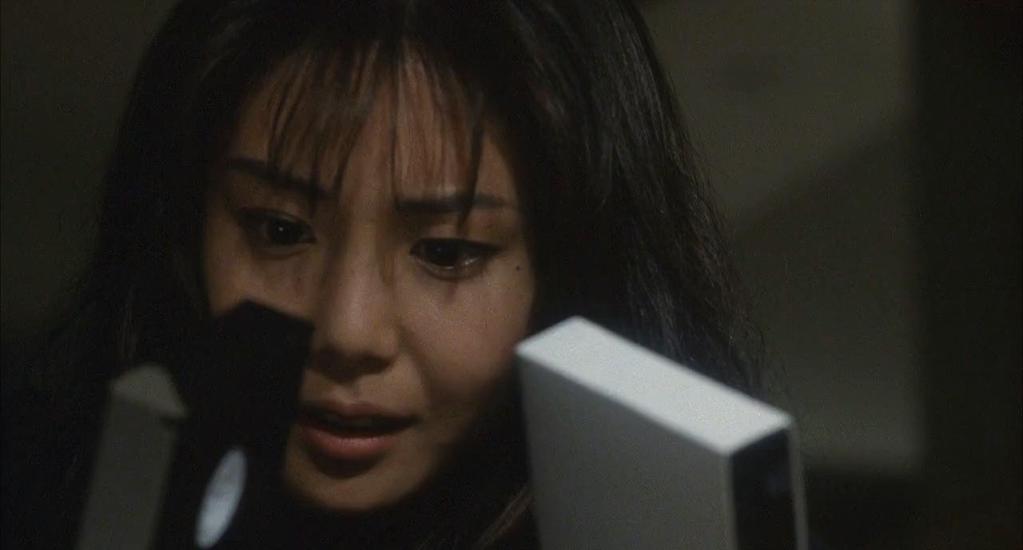

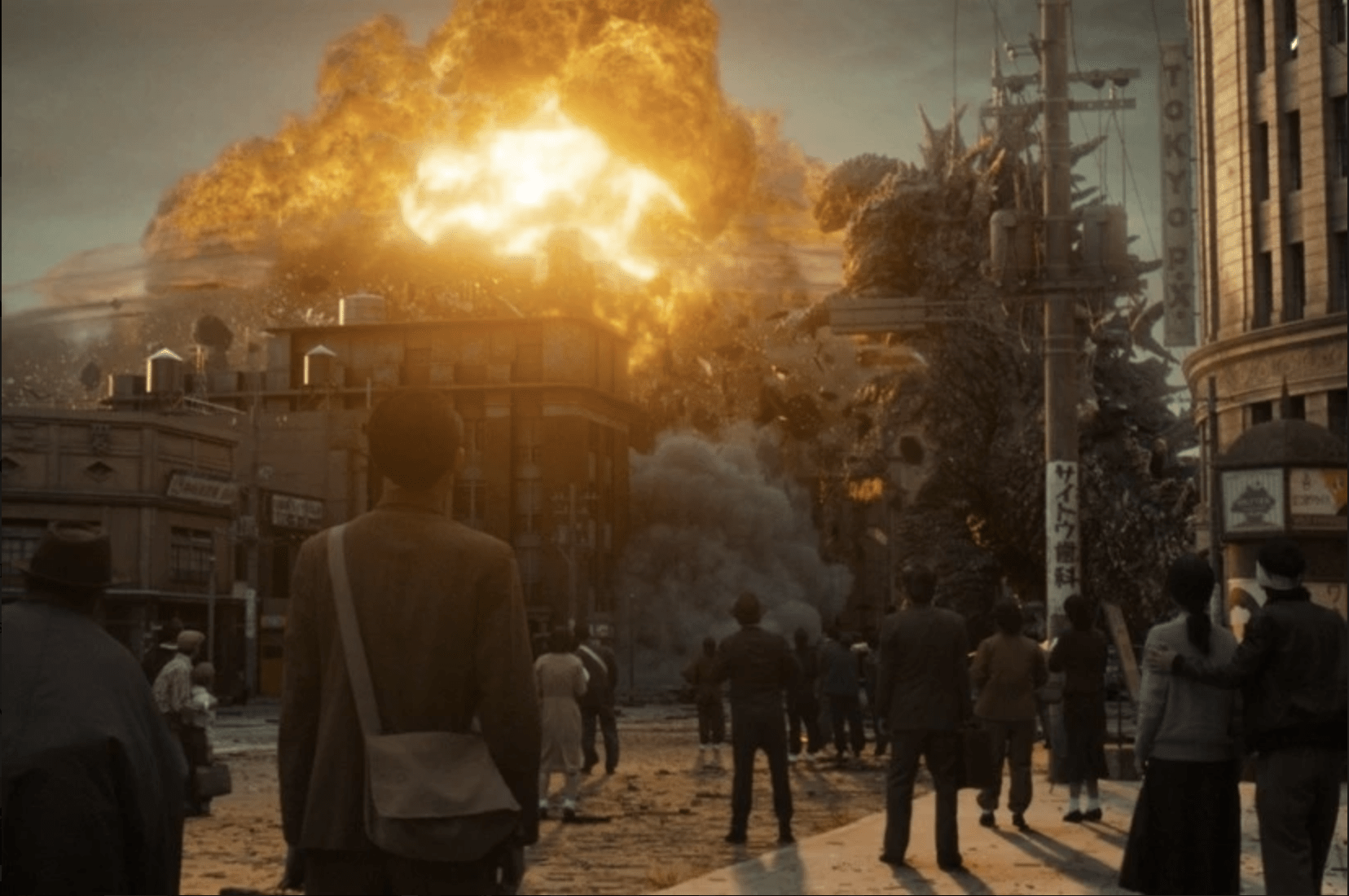
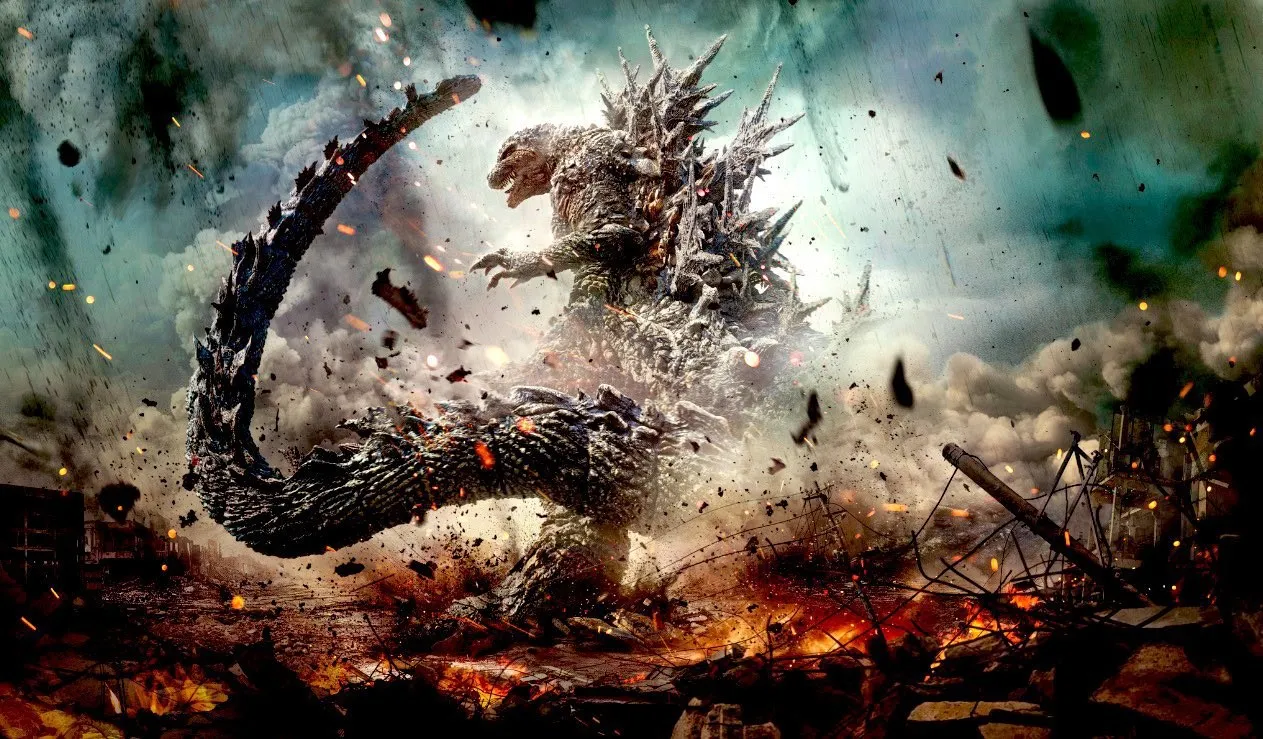

Leave a Reply